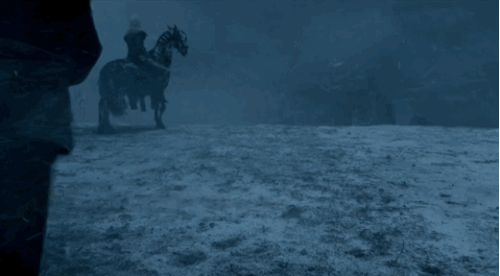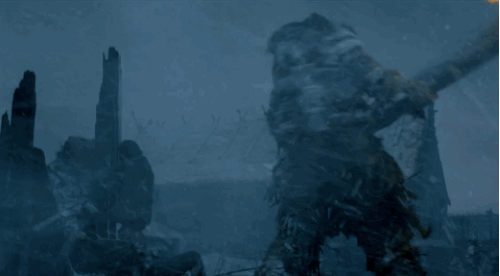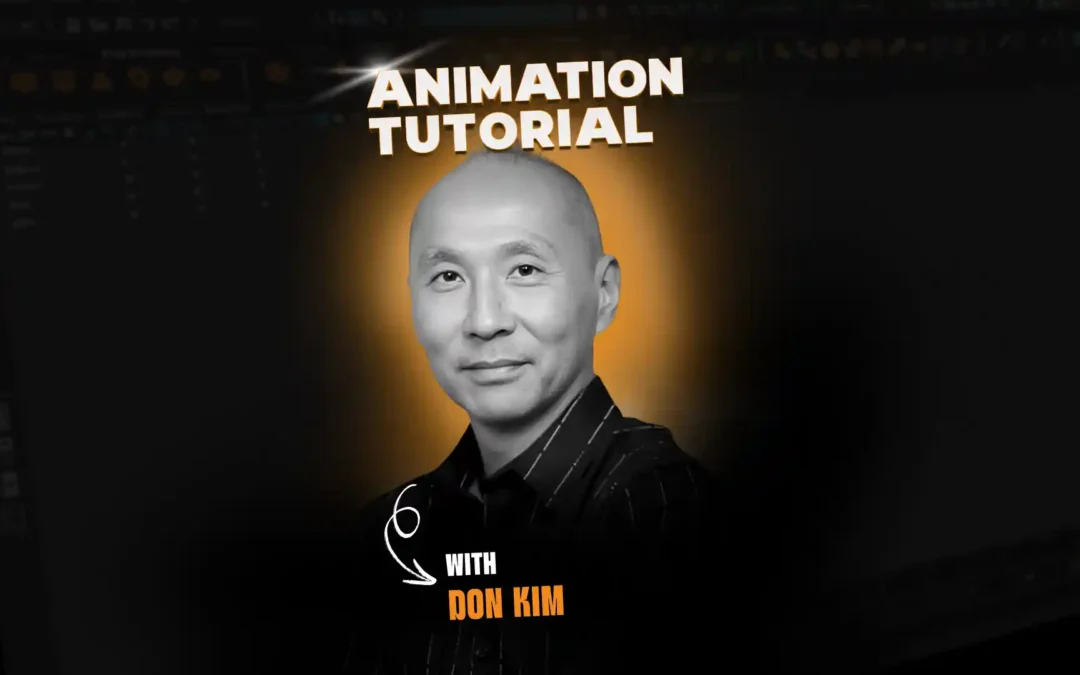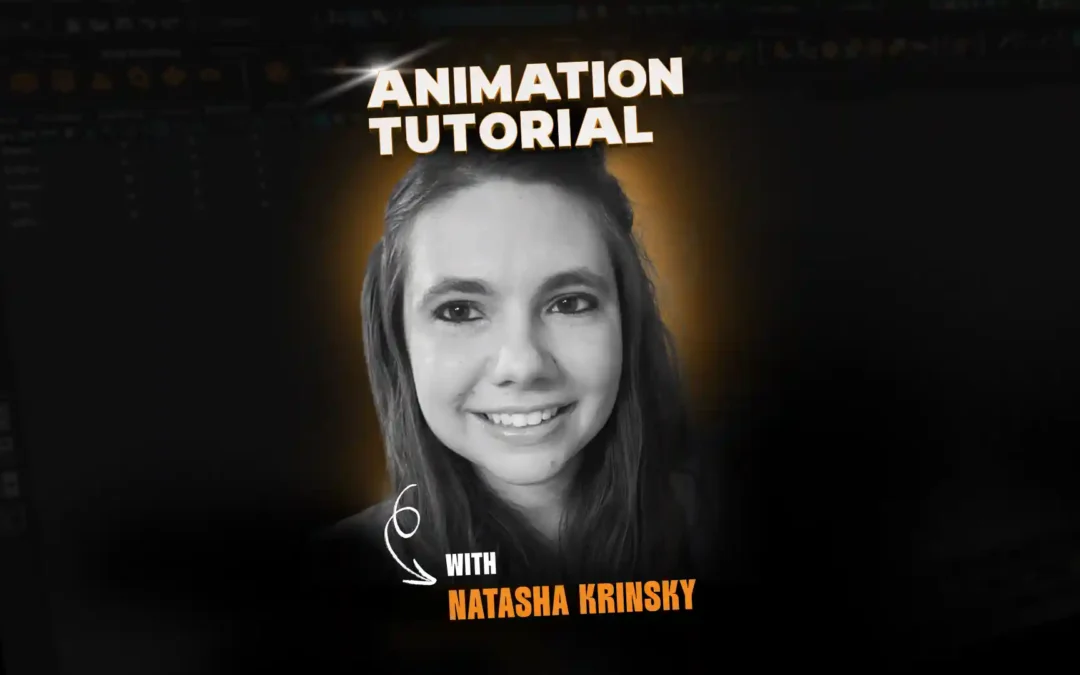Hello Game of Thrones fans! To continue our Where are they now? series, Juan Ramón Pou, Animation Mentor alumnus, worked on one of the most buzz-worthy sequences in Game of Thrones history from Spain.
The AWESOME Hardhome battle sequence with the wights, white walkers, wildings and Jon Snow.
He breaks down what it’s like to work in VFX animation, how he approached his shots, and how Animation Mentor prepared him for the industry. Read, get pumped, and animate!
[SPOILER ALERT] If you have not seen Game of Thrones Season 5 Episode 8 then do not read any further. You know nothing, Jon Snow….
– The Animation Mentor Crew
Juan Ramón Pou, Animation Mentor Alumnus
ANIMATION MENTOR: Tell us a little about your journey since graduating from Animation Mentor.
JUAN: Before Animation Mentor, I was already working in the animation industry for around 6 years on some Spanish feature films, TV series and commercials but at that point I felt a little bit stuck so I decided to move abroad to work in another animation field (video games) but also joined Animation Mentor to learn new techniques from the best and boost my skills.
After graduating I got the chance of joining a cool TV project called Jelly Jamm, (from the creators of Pocoyo), starting as an animator and finishing as an Animation Supervisor. That was an amazing experience since that kind of animation was strongly based on the 12 principles of the animation, something that I very well learned and understood at AM.
Later on, I got the opportunity to lead an animation team in Shanghai for a TV series, more realistic and full of creatures and physical actions. Giving feedback to the animators not only helped them with their shots but helped myself too, as it taught me to be more analytical with my own animations since most of the animators tend to make the same mistakes and I wasn’t an exception to that rule!
After finishing my contract in Shanghai, I got the chance to work at El Ranchito VFX (El Ranchito Imagen Digital), something so exciting since they have a long history for their VFX work on award-winning TV series and films such as: The Others, Impossible, Agora, Cell 211, HBO’s Cosmos… And also something pretty challenging like GOT which I was hired for.
ANIMATION MENTOR: Where do you currently work at?
JUAN: I’ve recently joined Lightbox Entertainment, a Spanish animation production company where I’m working on an animation feature film called Capture the Flag that promises to be pretty awesome. Coming out this summer.
ANIMATION MENTOR:The battle between the white walkers, wights, and wildings was epic, what shots did you work on for that Game of Thrones episode?
JUAN: I worked on several shots, close up actions, background characters but the most remarkable ones were the ones when Wun Wun shakes off lots of wights with a big log on fire and some wights /Wun Wun interaction shots.

One of Juan’s animation shots

Another shot Juan worked on
ANIMATION MENTOR: Was it difficult and how much time do they give you to complete a shot?
JUAN: I would lie if I said it was easy.
JUAN: The VFX Supervisors (in house and HBO) were so demanding since they had a pretty clear idea of how the wight warriors should behave, as an army and individually. They pushed the animation team in order to get these characters move as vicious and creepy as the director and writer wanted them to be, staying away from the typical “Zombie” behavior, and we were glad they pushed us that much since we are all now quite happy with the result.
For the shot with Wun Wun hitting the wights I had to dedicate almost a month and a half since the original shot was planned to have only 3 or 4 digital characters but I ended up dealing with 18 characters in the final scene. They interacted with the background and Wun Wun so I wanted to get as close to the idea the writer wanted to tell as I could. Chaos and desperation.

Juan’s most challenging animation shot in Game of Thrones
ANIMATION MENTOR: What type of precautions did the studio go through to keep it under wraps?
JUAN: Like on the rest of the shows I have taken part in, the company asked me to sign a non-disclosure agreement.
We all knew we would work on one of the most popular TV series of all time so any information about the script had to be kept in secret.
The animation world is so small and it´s not just about signing a contract but understanding the magnitude of the project you are working on and behave professionally, cause not only is your demo reel your business card but [so is] your attitude within the company and your relation with your employees.
ANIMATION MENTOR: What animation shot did you learn the most from?
JUAN: I can say I learned something from each one of them because as an animator we all know that we will never animate the same action twice in an identical. So that makes you push yourself to explore the body mechanics and acting in every shot assigned to you and take something unique from them.
But if I had to choose one, then when the Wun Wun breaks a wight in half is the shot I would choose. Not only did I have to worry about the animation but I had to work with the FX department to keep the animation clean and free from geometry collisions, broken poses…. to make the job easier for both.
ANIMATION MENTOR: What was your favorite shot to animate so far, and why?
JUAN: My favorite and also most hated shot 🙂 was the one with Wun Wun hitting a bunch of wights since I had to pay a lot of attention to the choreography for all those 18 characters on the screen, make them all look real since all of them were hand keyed animation and be so careful when it came to them interacting with the background or live characters, Wun Wun in this case. This shot also helped me understand when and how to break some of the animation principles I was taught to make the characters look as real as I could.
I had to avoid any cartoony feeling, anatomically correct poses, destroy some silhouettes….but as they have always said to me at AM, “In order to break the rules, we have to make sure we already know them before taking this step”. So I had to be careful with that and work closely with the animation supervisor/director.
ANIMATION MENTOR: What types of characters and/or creatures do you animate on Game of Thrones? Where do you feel your strengths are?
In this sequence we just worked on human-like characters, wights, white walkers and digital doubles required on certain shots to populate the background.
I can’t really say where my strengths are cause in these kind of projects you know in advance that any shot no matter how easy it may look can get pretty tricky. I think that´s one of the things I like most in animation, feeling kind of scared of any shot you’ve been assigned to because it pushes me to give my best. People say “you are as good/bad animator as your last shot is”. I always keep that quote engraved in my mind.
ANIMATION MENTOR: If there’s one animation tip or technique you’d share with someone wanting to animate on Game of Thrones, what would it be?
JUAN: When I have to deal with realistic animation and I´m unable to use any mo-cap resources I tend not only to videotape myself or other people but if the shot is very complex and I´m not able to get any video reference that represents that action I usually gather pictures, drawings, video clips that show similar actions. Showing your work to your job mates and supervisors is a must too. And one last thing I´m recently doing is studying animals in motion since I have realized that some of their body behavior can be “translated” into a human body. If it worked for Walt Disney it will work for you too 🙂
ANIMATION MENTOR: Can you tell us the differences between hand key animation, mo-cap, and rotomotion? Are all those methods used to produce each episode?
JUAN: For this project, we use all those techniques :
Hand key animation shots are used when the shot is complex and the characters need to be animated by hand – no mo-cap involved. That means your character is in “Default” pose and the animation is done manually by you, the director briefing, and your imagination.
Mo-cap shots are used when the character’s movements have been captured from a live actor, who tends to match the attitude of the character but also needs an animator pass to clean it up, adapt it to the camera angle and improve it to make it look even nicer.
Rotomotion shots are used to replace a stunt´s head or limb for a digital one, this kind of animation seems easy but it becomes pretty tricky since you have to perfectly match those digital limbs or parts of the body to the live footage to sell the idea that those limbs,head… are in fact real and part of the character. Sometimes those shots contain cloth simulation and that makes you not only worry about matching the live footage but you also have to move the CGI replacement coherently in the space to make the dynamic simulation behave naturally.
ANIMATION MENTOR: What would you suggest someone focus on if they wanted to do this type of work professionally?
JUAN: To the ones who are interested on working on VFX projects I would suggest to get professional training since learning from the best in the industry always make your way easier.
Also training at home, collecting your best body mechanics exercises and putting them into your demo reel to show the recruiters of what you are capable of doing. It doesn’t matter whether it´s a rotomotion, mo-cap or hand key shot, the more skills you have the better since in the VFX industry there are a lot of different roles for animators. So try to sell yourself as an animator who can deal with any kind of shots or techniques.
ANIMATION MENTOR: How did Animation Mentor prepare you for the industry?
JUAN: AM taught me how to face any kind of shots from the planning stage to the last stage of polishing.
I was taught the animation recipe.
From video reference, to solid blocking, applying different techniques through the splining process, feedback, feedback, feedback, good attitude…and I was also taught how to transition into the industry by meeting deadlines and keeping my animations tidy and clean since there will be people from different departments who will work on my shots. Clean files make people smile at you in the corridors of the company 🙂
—-
Want to start your journey as an animator like Juan?
Get more information about Animation Mentor’s Character Animation Program and tell your story.



